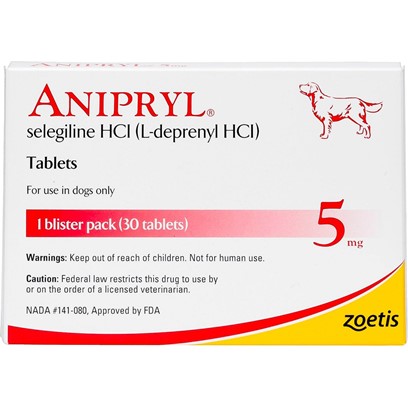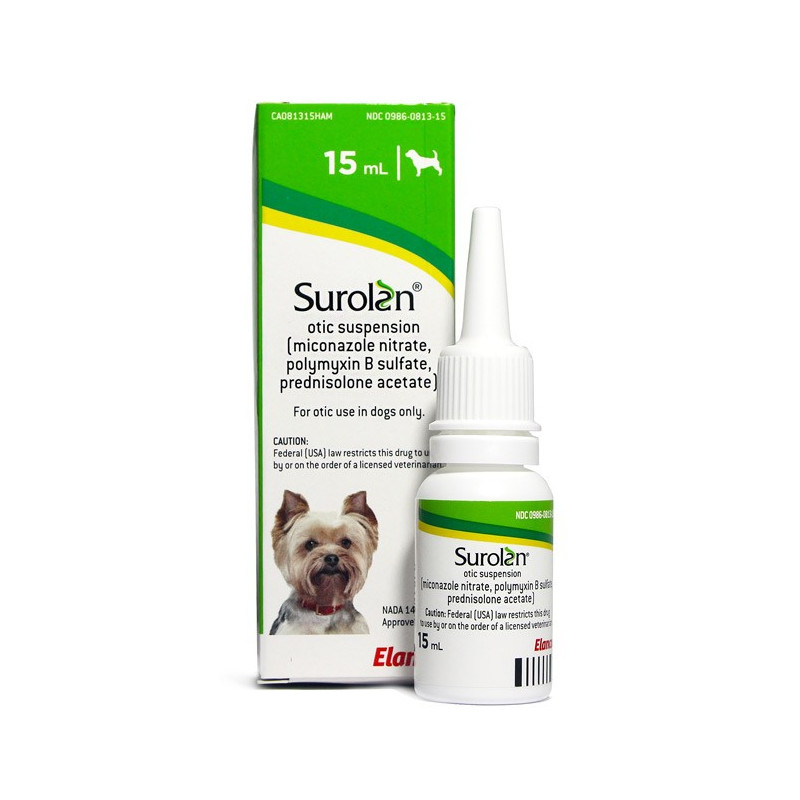Side effects include vomiting diarrhea restlessness disorientation confusion aggression repetitive movements tiredness drooling itchiness licking trembling and lack of appetite.
Anipryl for dogs side effects.
Side effects during clinical trials 156 dogs treated with anipryl for as long as 2 years were monitored for the occurrence of adverse events.
Phenylpropanolamine is used to treat urinary incontinence in older dogs.
For safety information please refer to the full prescribing information.
Speak to your vet if your dog develops side effects such as nausea and or diarrhea fatigue confusion anxiety insomnia and dizziness.
Vomiting diarrhea tiredness decreased appetite wobbliness.
Uncommon but serious side effects include deafness and panting more than usual.
Do not use in dogs with known hypersensitivity to the drug.
Vomiting diarrhea hyperactive restless anorexia staggering seizure and lethargy.
If you mix phenylpropanolamine with anipryl dangerously high blood pressure levels may occur.
Some owners have reported near miraculous changes in their geriatric dog s behavior after starting anipryl while others have not seen such dramatic improvement.
Selegiline the main ingredient in anipryl can trigger certain side effects like vomiting extreme bowel movements increased thirst and urination agitation drowsiness disorientation lack of appetite hair loss etc.
Some dogs suffer from side effects due to anipryl which can include.
The most common side effects are mostly mild to moderate vomiting diarrhea diminished hearing disorientation loss of appetite and hyperactivity restlessness or other behavioral changes.
It is highly recommended that you stop giving your dog phenylpropanolamine at least two weeks prior to using selegiline hydrochloride medications.
Possible side effects of this drug include but aren t limited to.
In clinical studies the most common adverse events were vomiting diarrhea or changes in behavior such as hyperactivity or restlessness.






















